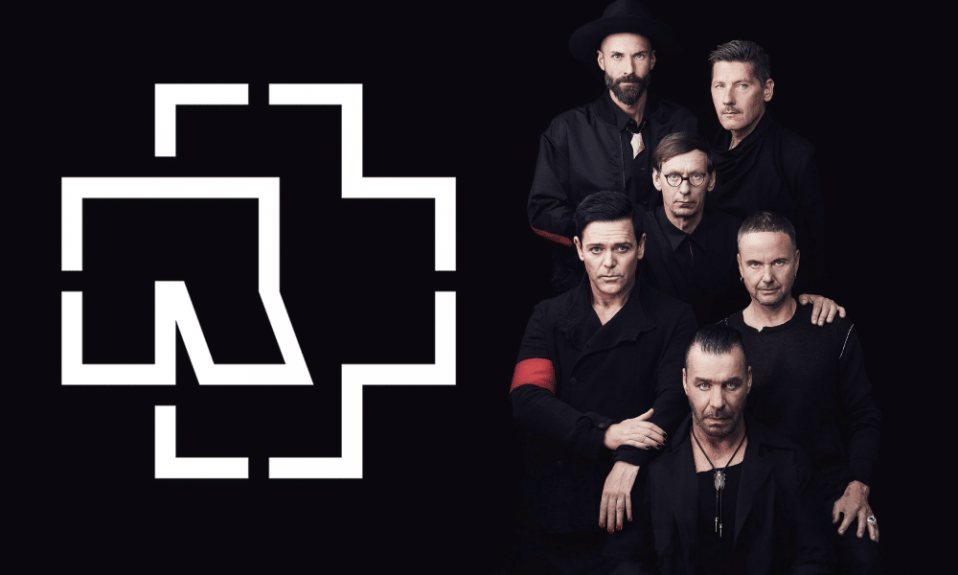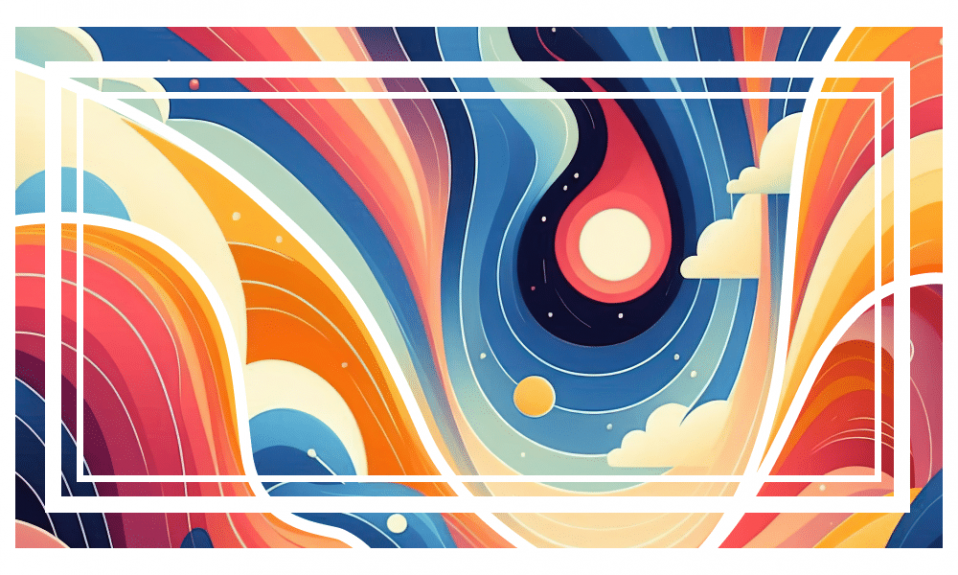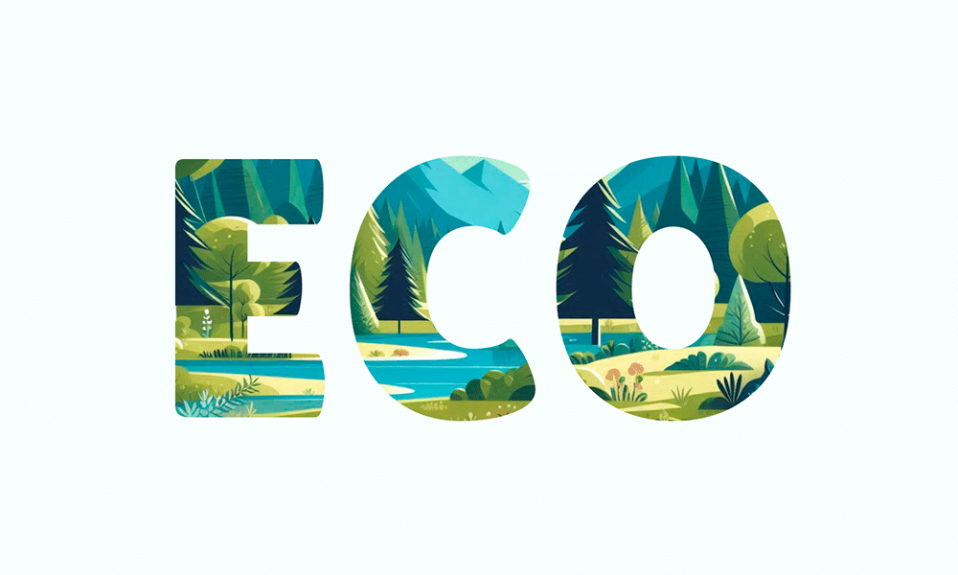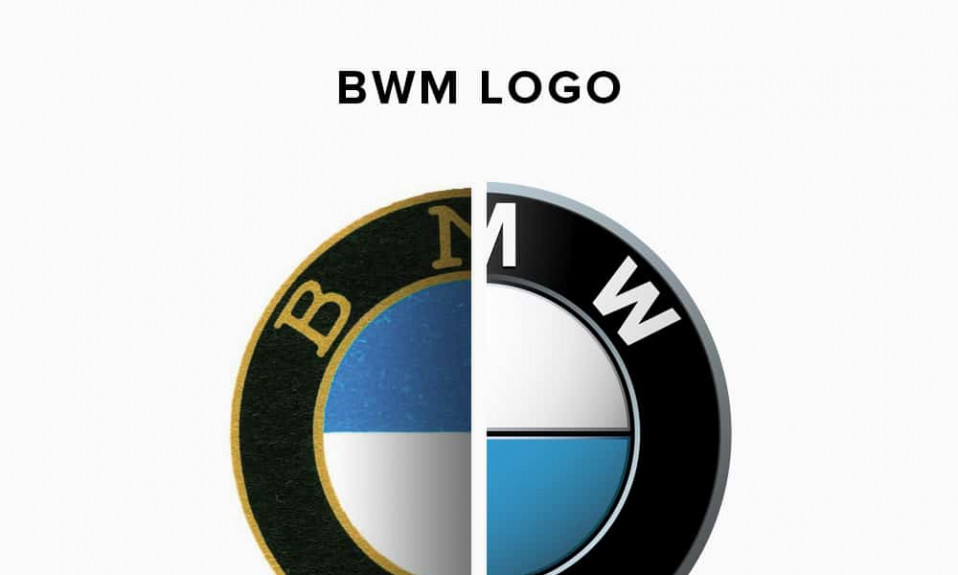Celtic symbols carry deep meaning and reflect the cultural traditions of many nations. Understanding Gaelic symbols and meanings helps to delve deeper into the mythology, spiritual practices and culture of past eras. This knowledge is especially useful in design and art, where symbols can bring unique style and additional semantic content. By incorporating Celtic signs, designers can create more authentic and meaningful works inspired by ancient traditions.
Create your own logo with Turbologo logo maker. It takes less than 5 minutes and no design skills needed.
Go to Logo MakerTable of Contents
1. Triskeles
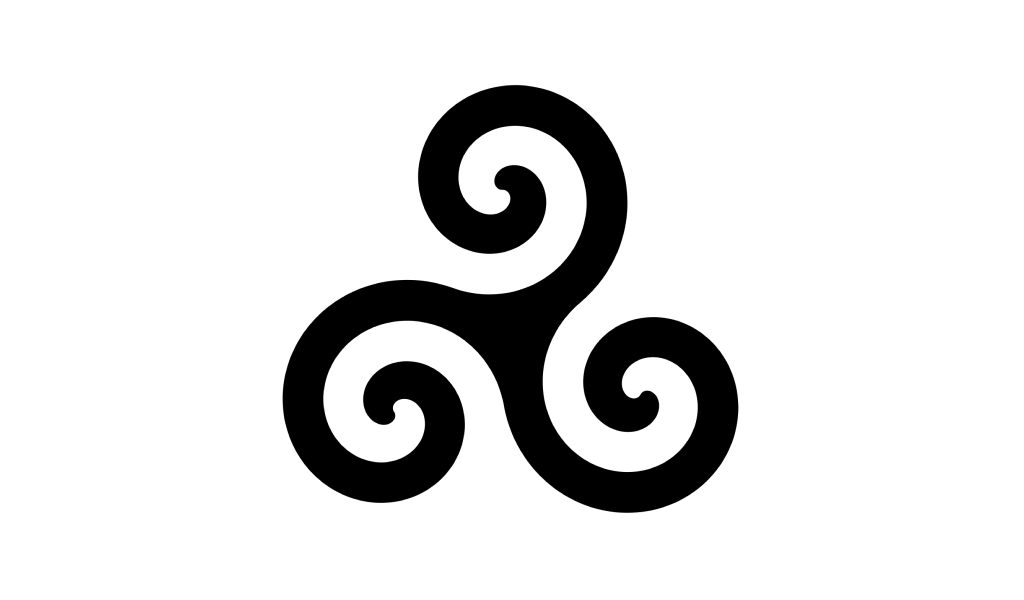
The list of Celtic symbols and their meanings opens with the Triskelion, which represents three spirals that are often associated with movement, cyclicality, and spiritual growth. It symbolizes the trinity of life: birth, life, and death, or mind, body, and spirit. In Celtic culture, the Triskelion was also associated with goddesses who incarnate the three aspects of feminine energy. It was used as a Celtic strength symbol, representing resilience and unity with nature.
2. Celtic Cross
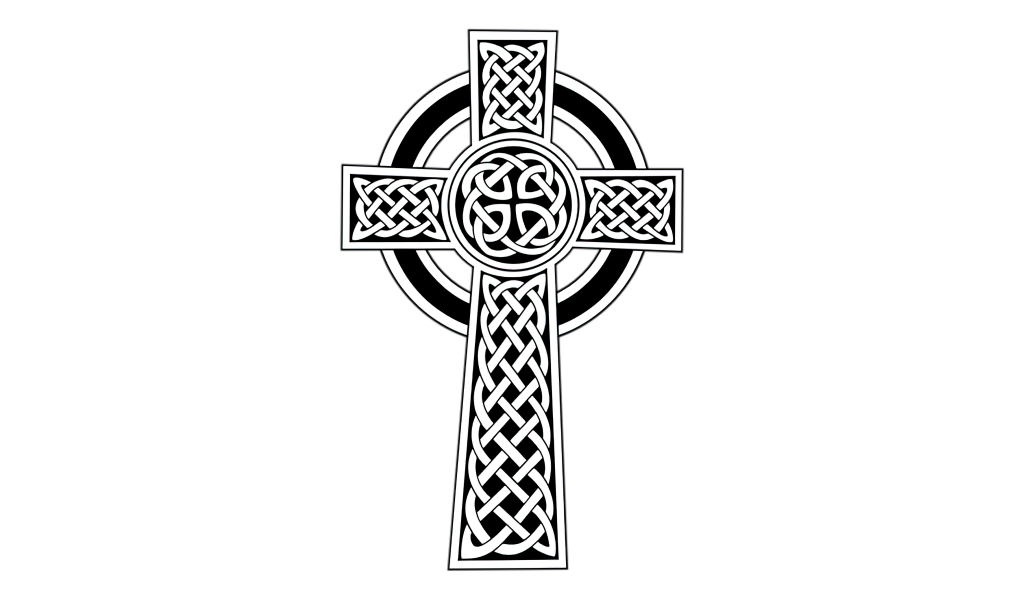
This kind of cross combines Christian and Celtic pagan symbols. It represents the connection between heaven and earth, eternal life, and the unity of the elements. The circle around the cross symbolizes the sun or infinity, which is often associated with natural cycles. This symbol, often referred to as one of the Irish protection symbols, was commonly used in Gaelic cultures as a protective amulet.
3. Awen, three rays of light
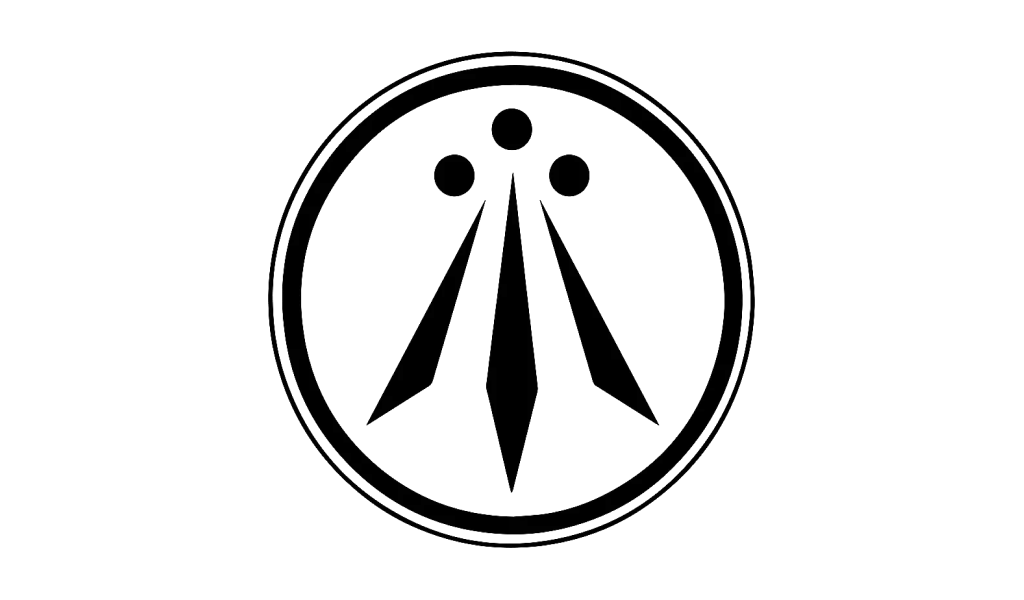
Awen is three parallel vertical lines that symbolize inspiration, knowledge, and truth. This is one of the main druidic symbols, which is associated with spiritual enlightenment and creativity. Celts sought to depict this symbol in art and jewelry, emphasizing the connection with divine sources of wisdom.
4. Crann Bethadh

The Tree of Life in Celtic culture symbolizes harmony between all living beings and the connection between man and nature. Its branches reach the sky, and its roots go deep into the earth, symbolizing the unity of all worlds. Warriors and druids often used this Celtic sigil as protection in spiritual rituals of communication with natural forces.
5. Celtic heraldic shield

This symbol represents strength, courage, and protection. The Celtic symbol for warriors represented their readiness to fight and defend their lands. It was also a symbol of brotherhood and honor among Celtic warriors. Shields with this symbol were often depicted on coats of arms and used as amulets.
6. Gaelic Spiral Symbol
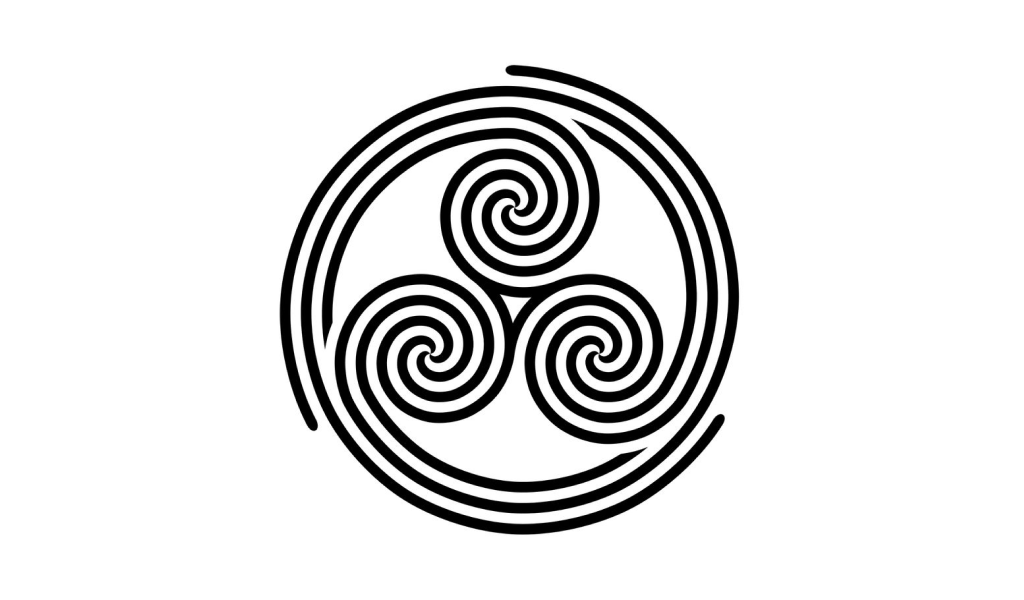
One of the most ancient figures in Gaelic art, the spiral symbolizes the path of life that moves inward and outward, denoting growth and spiritual awakening. It reflects the endless movement of energy and the cyclical nature of life. Spirals, as inner strength Celtic symbols, were used as amulets to protect and harmonize the inner world, helping people find balance in life and connect with nature.
7. Triquetra
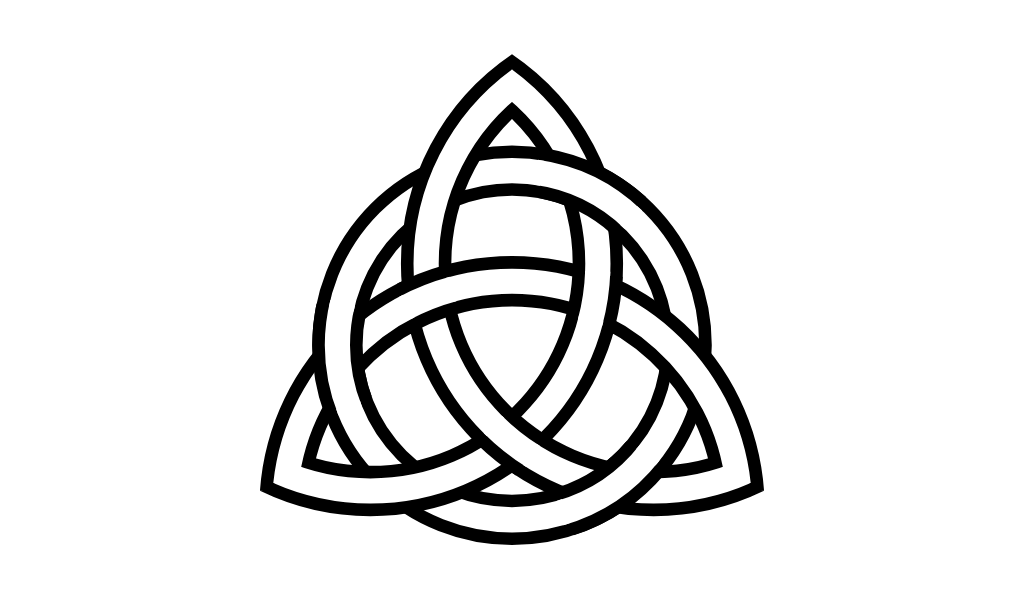
The triquetra is three intertwined semicircles symbolizing the trinity. In pre-Christian times, the Celts perceived this symbol as the power of the trinity: earth, air, and water, as well as the past, present, and future. With the adoption of Christianity, it continued to be used as one of the Celtic protective symbols with superstitions about connections with the spirit world. The triquetra among Celtic sigils also represents infinity and harmony between the spiritual and physical worlds.
8. The Celtic Eternity Knot
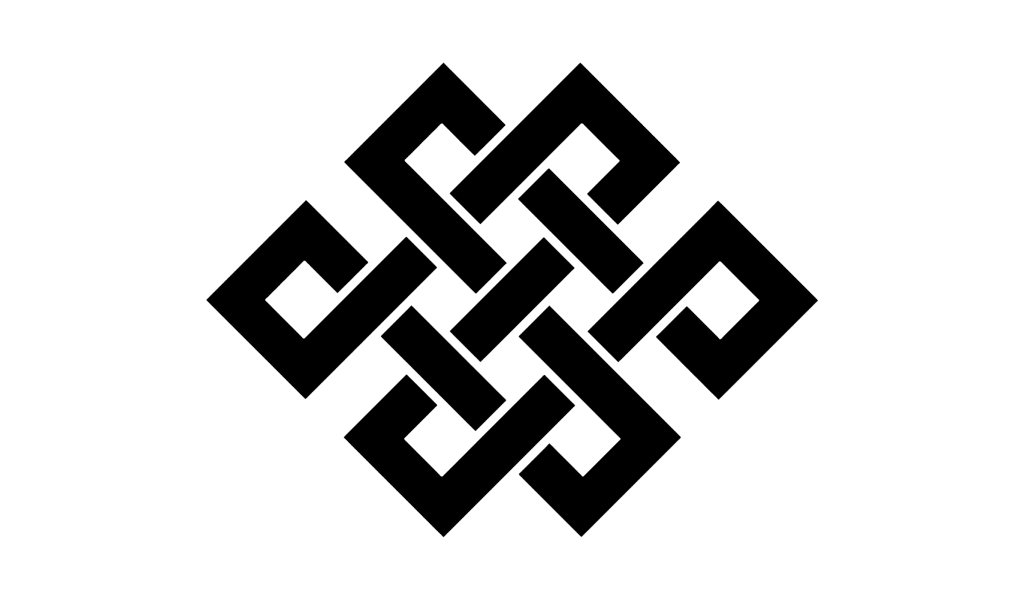
This symbol consists of continuous lines that have no beginning or end, symbolizing infinity and eternal life. In Celtic culture, the meaning of the knot circle denoted the endless cycle of birth, death, and rebirth. This symbol was often used in jewelry, on shields, and tapestries. The knot of eternity was also a symbol of protection, believed to ward off evil and bring harmony and luck to the home.
9. Claddagh
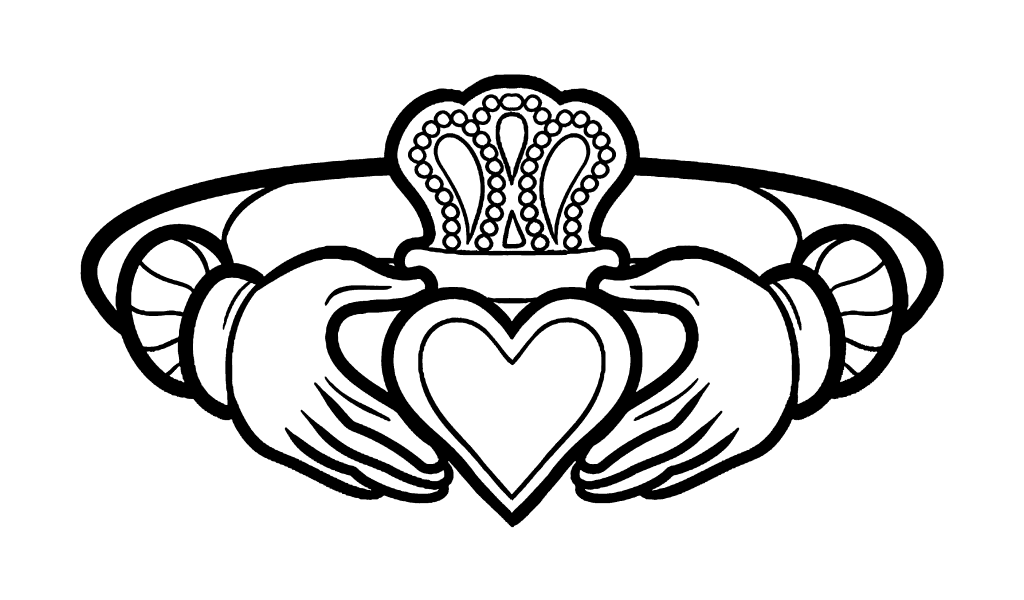
The Claddagh is a Celtic symbol of unconditional love, in the form of a heart clasped with two hands and topped with a crown. One of the most popular Irish Celtic symbols, it is often used in rings as a sign of fidelity in a relationship. The crowned heart symbolizes devotion, and the hands symbolize union and trust. This symbol was well liked among Irish sailors and warriors, who wore it as a reminder of home and loved ones.
10. Solar Cross
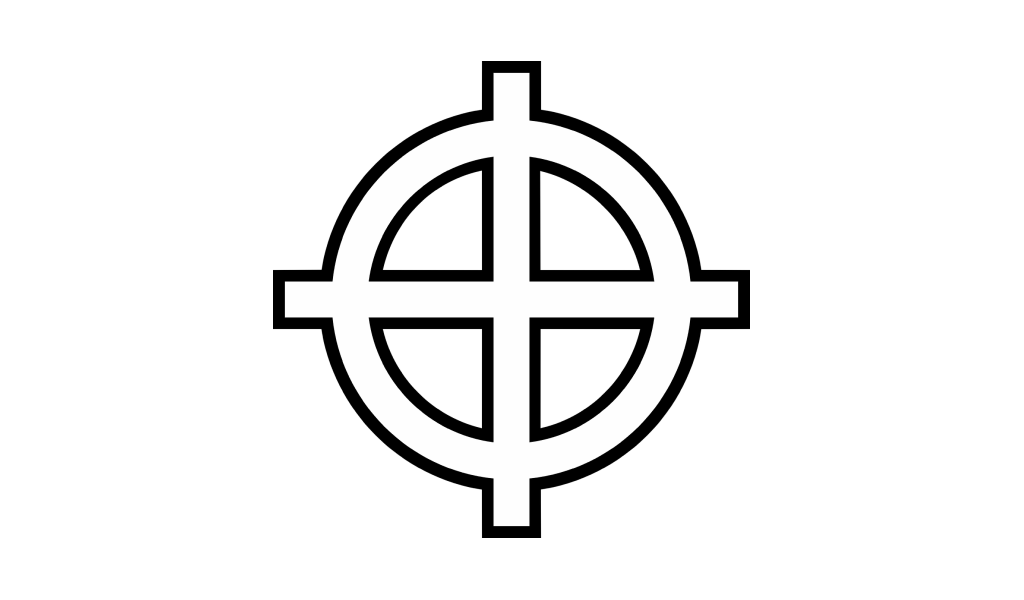
The solar cross is a circle crossed by four lines symbolizing the four cardinal directions, and the circle represents the sun, which ties into the Celtic circle meaning related to unity and eternity. In ancient Scottish symbols, the cross is attributed to symbolize light, life, and protection. It was used as a talisman for fields and homes, believed to protect from troubles and ensure a rich harvest.
11. Celtic Labyrinth Images
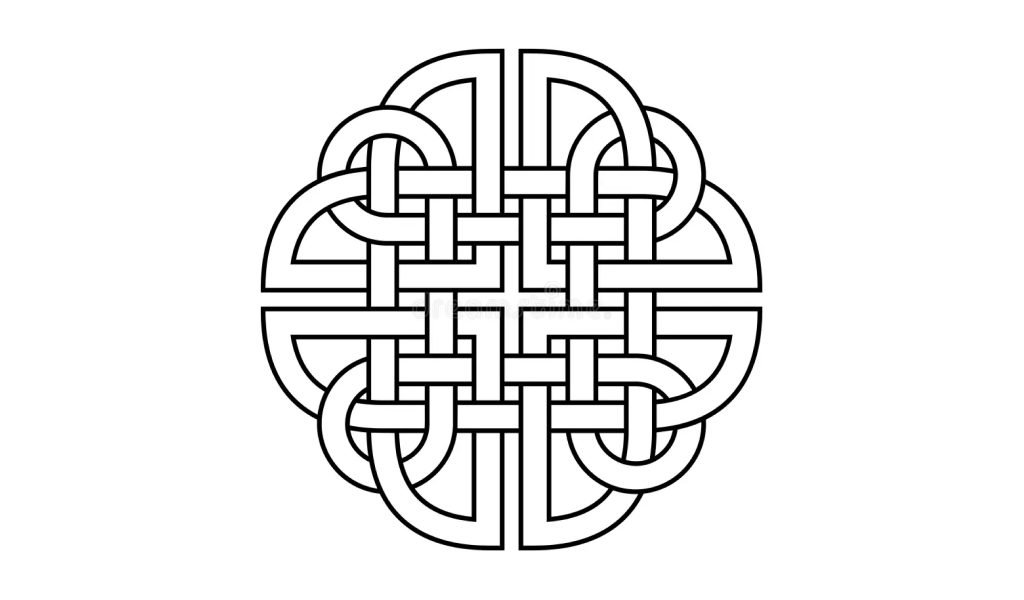
The labyrinth, a powerful Celtic symbol, carried profound meaning among the Celts, symbolizing the complex and winding path of life. Passing through the labyrinth was considered a spiritual journey that helped individuals find truth and gain inner peace. In ancient rituals, these labyrinths were used for meditation and purification.
12. Dagda
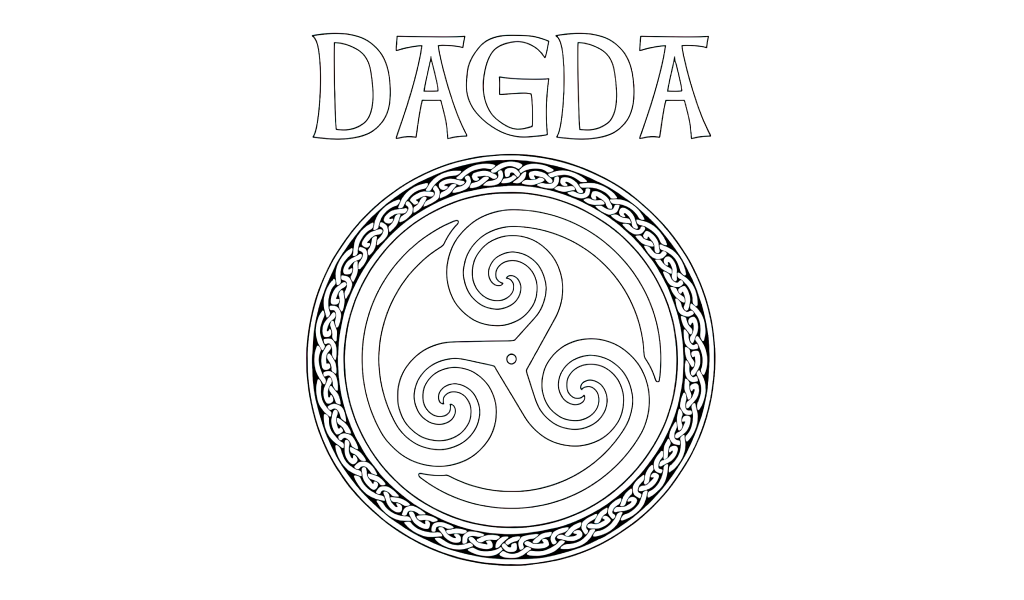
Celtic mythology symbols include several deities, among which is the supreme god Dagda, who owned a magical cauldron that never emptied. Dagda was the god of fertility, strength, and wisdom, and his symbol was often used in rituals related to the harvest and prosperity. His cauldron represented abundance, as well as a connection to the afterlife, where souls found peace. This symbol was used to attract blessings and an abundance of inner strength.
13. Druid’s Staff

The Druid’s staff harnesses the power of nature and the ability to interact with the spiritual worlds. This staff, often depicted in the hands of Druids—priests and sages who communicated with the gods and natural forces—embodies many Celtic Druid symbols of power and wisdom. It was used in rituals for healing, serving as a sign of union with the natural elements and symbolizing control over these forces.
14. Owl
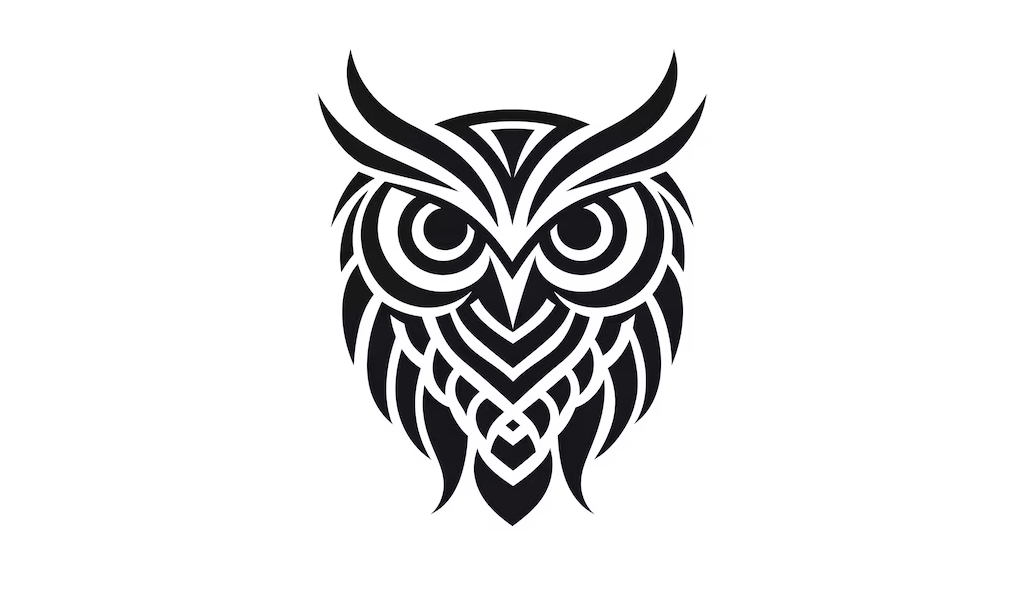
In Celtic mythology symbols, the owl personified wisdom, knowledge, and the ability to see the invisible. Owls were believed to penetrate the dark corners of the soul and bring truth and understanding. Celtic images of owls were widespread among Druids, who revered it for its ability to predict the future. Owls were also associated with the spirit world, and their images were used in rituals to gain hidden knowledge.
15. Irish Harp Knot
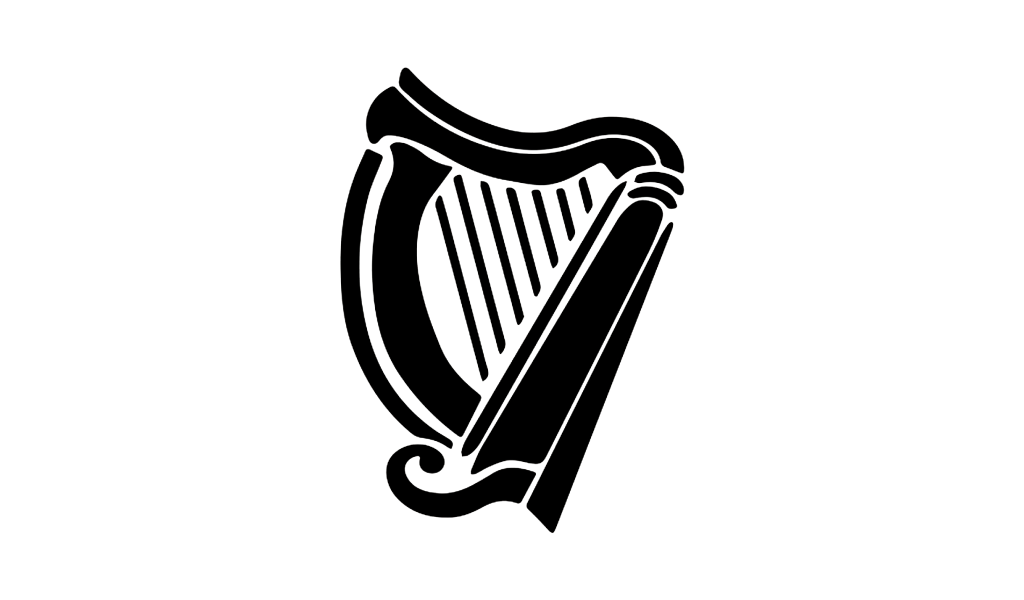
Among all Irish symbols of culture, the Harp is an epitome of harmony, music, and art. Often found on ancient artifacts, the harp knot symbolized music’s connection to the divine and the inspiration it brings. This Gaelic symbol was used in rituals and celebrations, emphasizing the importance of music in the lives of the Irish people. The harp knot was also perceived as a symbol of cultural identity and national unity.
16. Celtic Shield Knot
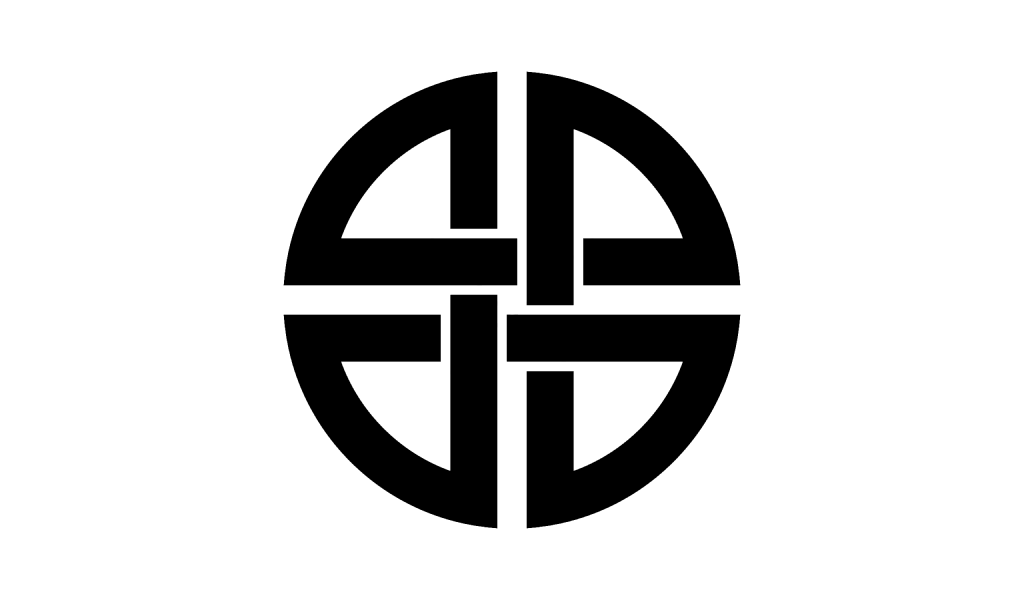
Another Celtic warrior symbol with four linked knots embodies protection and strength. It was used by Celtic warriors as a talisman before battle to protect themselves from enemies and attract good luck. The shield knot also symbolized strong ties between clan members, brotherhood, and unity.
17. Brigid’s Crown
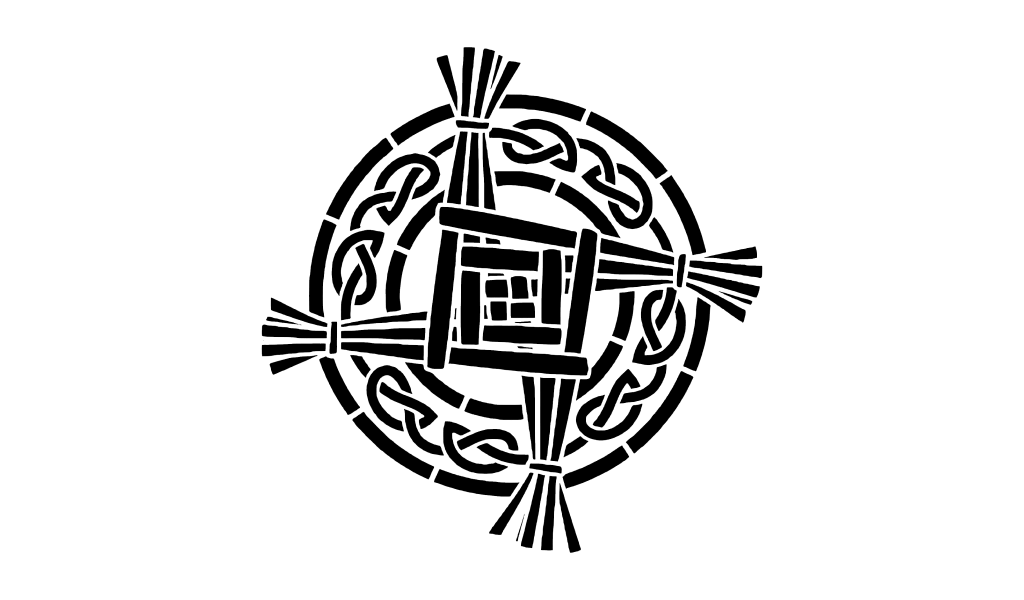
The Crown of Brigid, an important representation among ancient Celtic symbols, illustrates inspiration and creativity, embodying the essence of the Celtic goddess of fire, fertility, and poetry. On the day of Imbolc, which was celebrated in her honor, people wove crowns from straw or grass to attract her blessing. This symbol was revered in Celtic traditions as a sign of renewal and prosperity.
18. Celtic Eagle
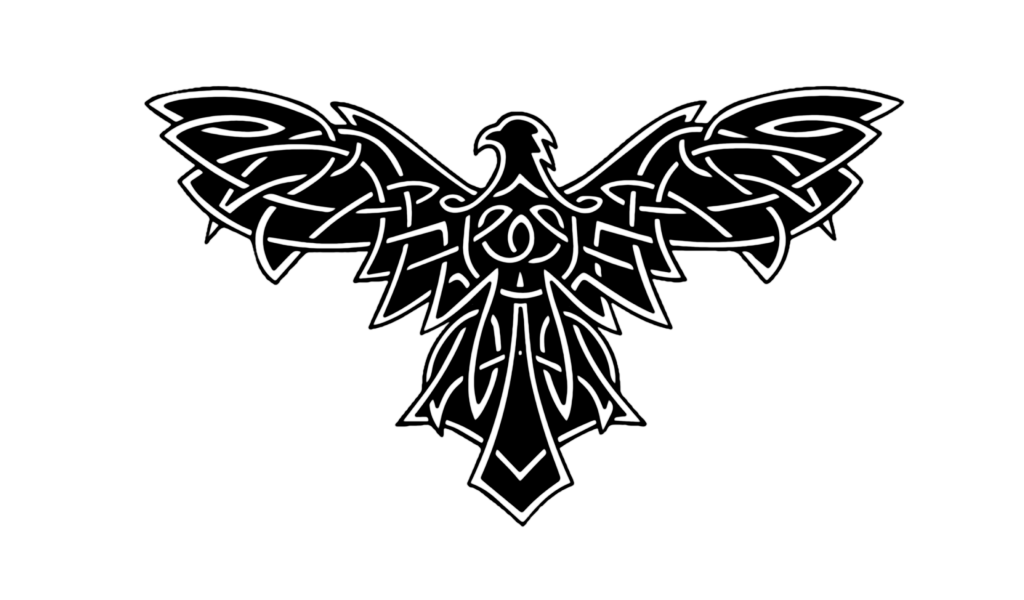
Ancient Celtic warriors sought protection through various symbols, including the eagle, which held a revered place in their mythology, embodying power, strength, and spiritual insight while connecting them to the sky gods. The eagle personified the ability to see the future and find the truth. This image was often used on military banners, imbuing its owner with valor and wisdom, similar to other Celtic symbols of strength, representing fortitude and courage.
19. Welsh Dragon (Y Ddraig Goch)

The red dragon, one of the most prominent Welsh Celtic symbols, represents strength, wisdom, and protection. Legends say that it protected the lands from enemies and brought victory in battles. This symbol was used on flags and coats of arms as a symbol of royal power and spiritual protection. The dragon is also associated with the energy of the earth and the natural force that protects its people.
20. Irish Wolf
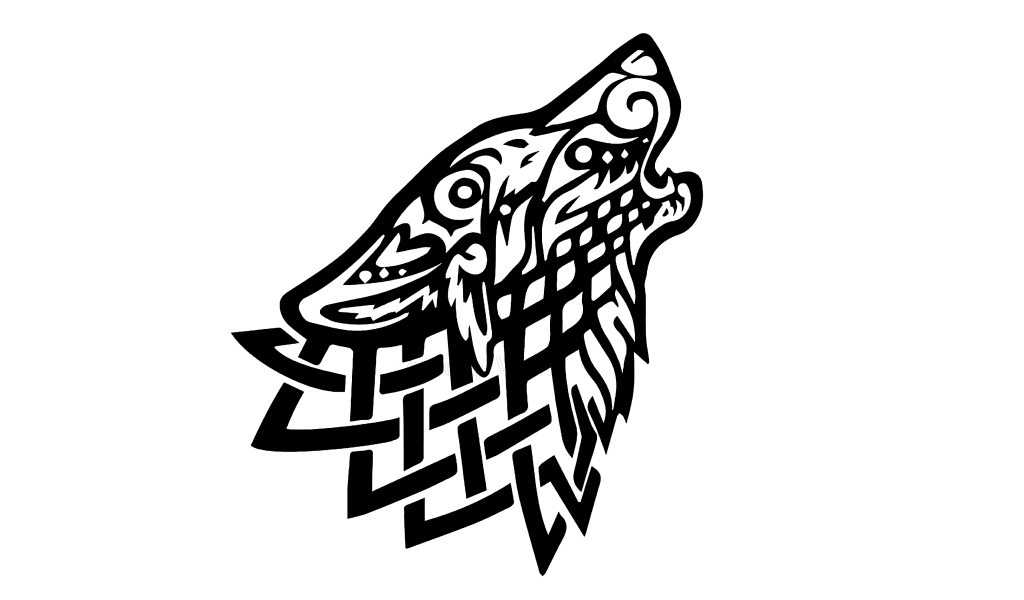
In Celtic imagery, the wolf was a symbol of strength, independence, and unity. It was associated with warrior qualities and loyalty to the pack, representing Celtic symbols of warrior protection that embody bravery and vigilance. The Irish revered wolves as protectors and guardians of the land. The wolf was also considered a guide to the spirit world, and its image was often used in rituals associated with the search for truth and safeguard from evil.
21. Oak (Duir)
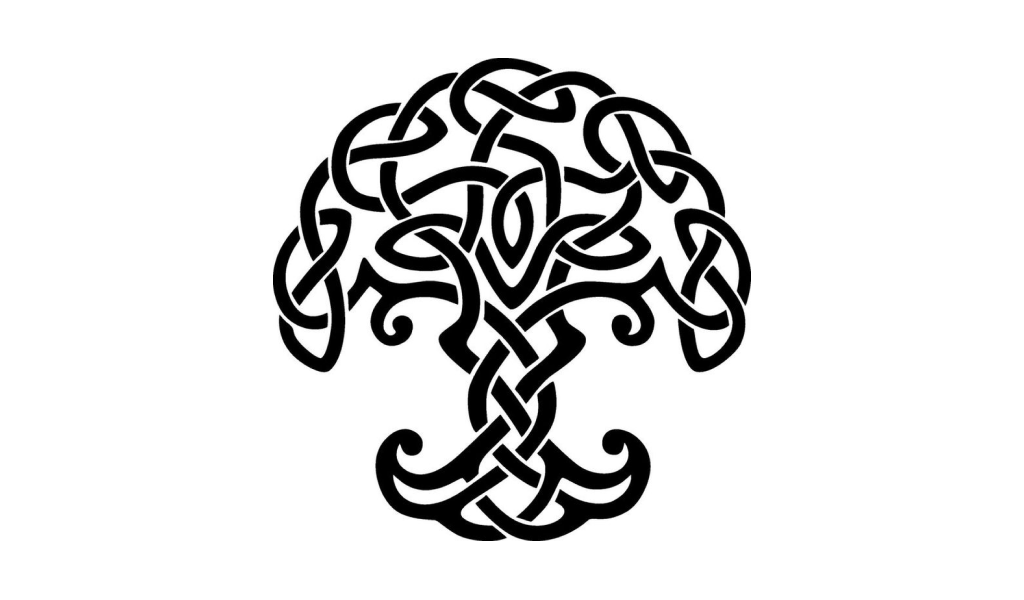
The oak, a powerful Celtic strength symbol, was revered by the Celts for its representation of strength, longevity, and wisdom. Oak groves were sacred places for the Druids, where rituals and fortune-telling were performed. In the context of Druid symbols and meanings, the oak was believed to connect heaven and earth, linking people with divine powers. This Gaelic symbol served as a sign of fortitude and endurance, as well as a source of protection.
22. Griffin
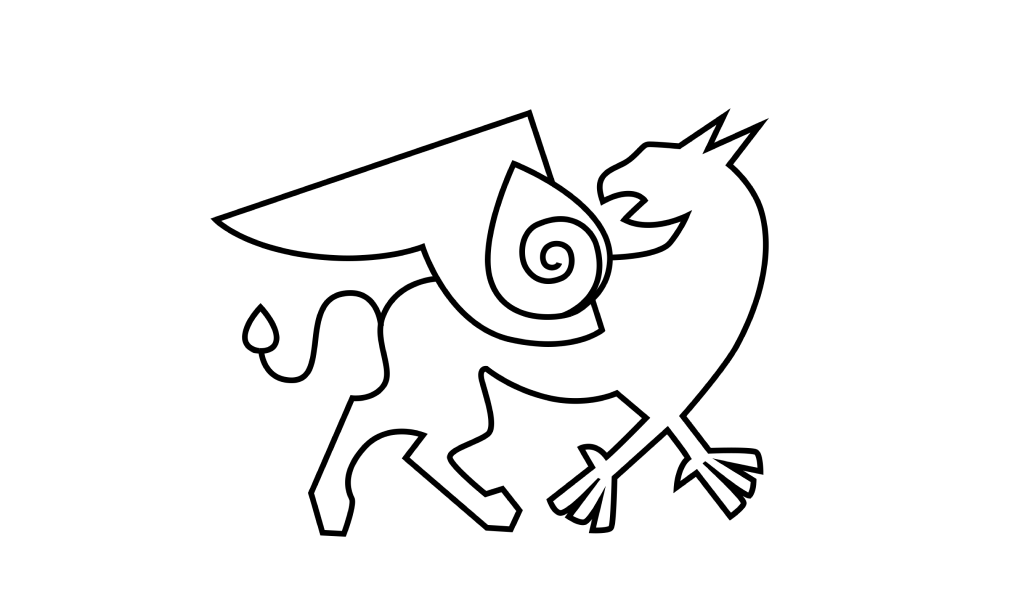
The griffin, a mythical creature with the body of a lion and the head of an eagle, is one of the Irish symbols bringing good luck. The Celts believed that the griffin guarded treasures and sacred places. Such Celtic emblems were also associated with royal power and spiritual protection. In Irish and Welsh mythology, griffins were considered protectors of warriors, bringing good luck in battle. Celtic images of the griffin are often found on coats of arms and ancient artifacts.
23. Yew
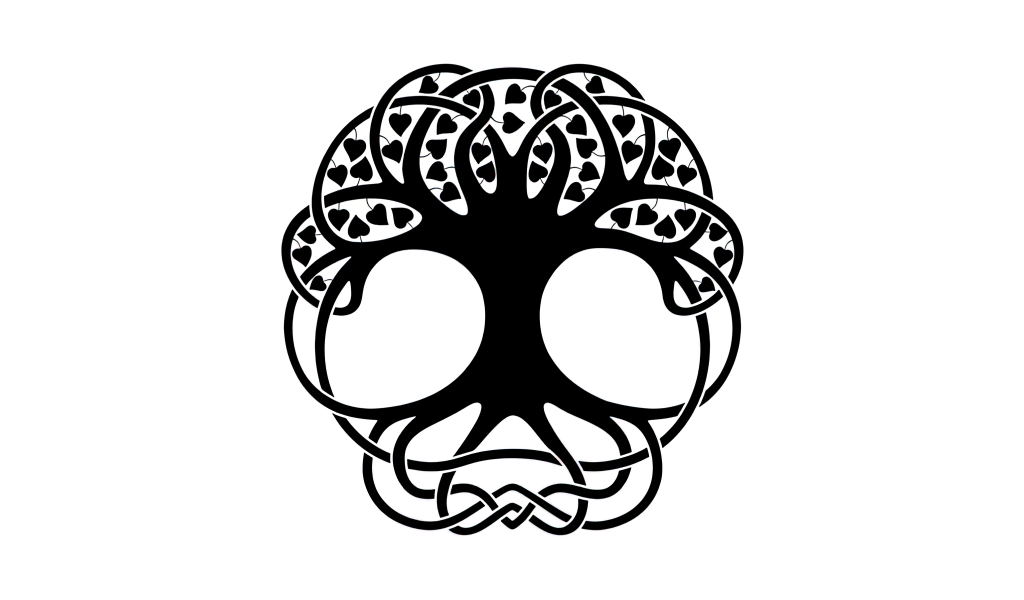
The yew tree was associated with immortality, rebirth, and death. Its ancient trunk signifies eternity, and the yew’s ability to regenerate from its roots symbolizes the cycles of life and rebirth. The Celts considered the yew sacred and used it in rituals associated with the transition between worlds. The yew tree’s presence in cemeteries served as a Celtic symbol meaning eternal life and a connection with ancestors.
24. Oak Knot
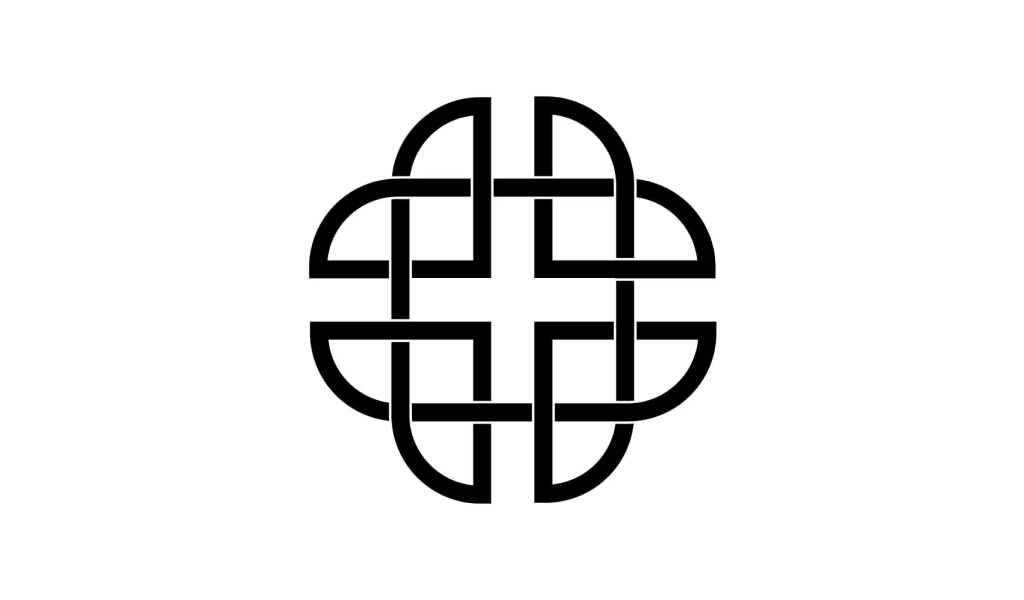
The oak knot symbolized the connection between generations and wisdom. As one of the Irish symbols for family, this symbol was used to represent roots and protect relatives from external threats. Warriors wore the oak knot as a talisman in battle to protect against evil spirits. It was also used in fertility and well-being rituals to strengthen the connection with ancestors and natural forces.
25. Horse (Epona)
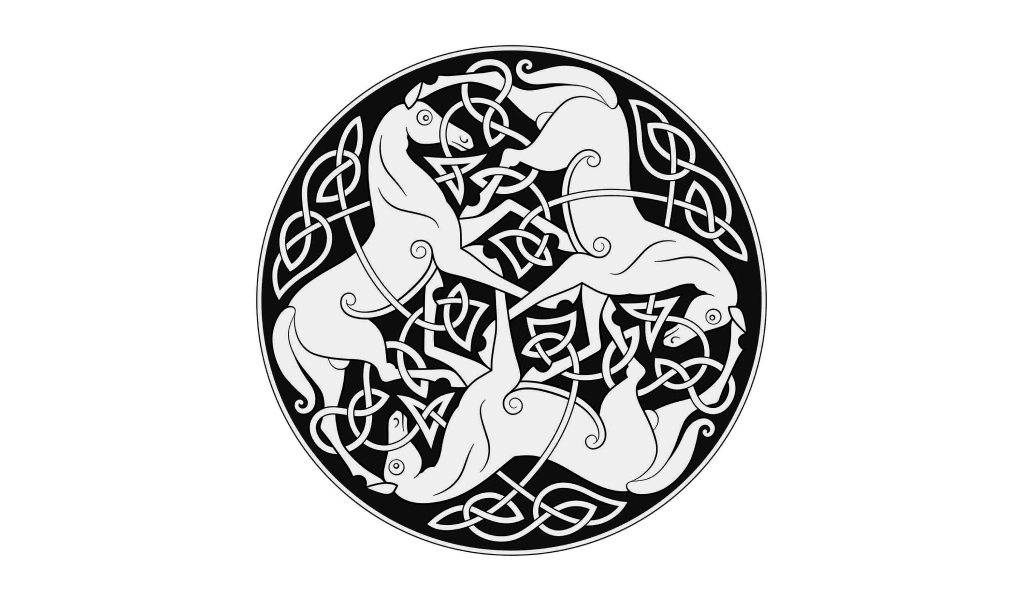
The horse in Celtic culture was associated with the goddess Epona, who patronized horses and riders. As part of Celtic symbols, the horse represented speed, endurance, and travel between worlds. Epona was not only the goddess of horses but also a key figure in warrior protection, granting them strength and success in battle.
26. The Shamrock

The Shamrock is one of the most recognizable Gaelic symbols, a trefoil, most commonly a clover. In Irish tradition, it represents good luck, rebirth, and oneness with nature. According to legend, St. Patrick used the shamrock to explain to the Irish the Christian concept of the Holy Trinity—three leaves on one stem symbolizing the Father, Son, and Holy Spirit. Today, the shamrock is a staple of traditional Irish symbols, country culture, and the holiday of St. Patrick’s Day.
27. Sacred Cauldrons

Among the many Irish pagan symbols in Celtic mythology, the cauldron was a symbol of fertility, abundance, and rebirth. The cauldron of the goddess Ceridwen was believed to have magical powers that could heal and bring back to life. It was associated with harvest rituals and festivals related to renewal and prosperity. The cauldron was used as a Gaelic symbol of endless wealth and wisdom that bestowed life and protection.
28. Celtic Moon
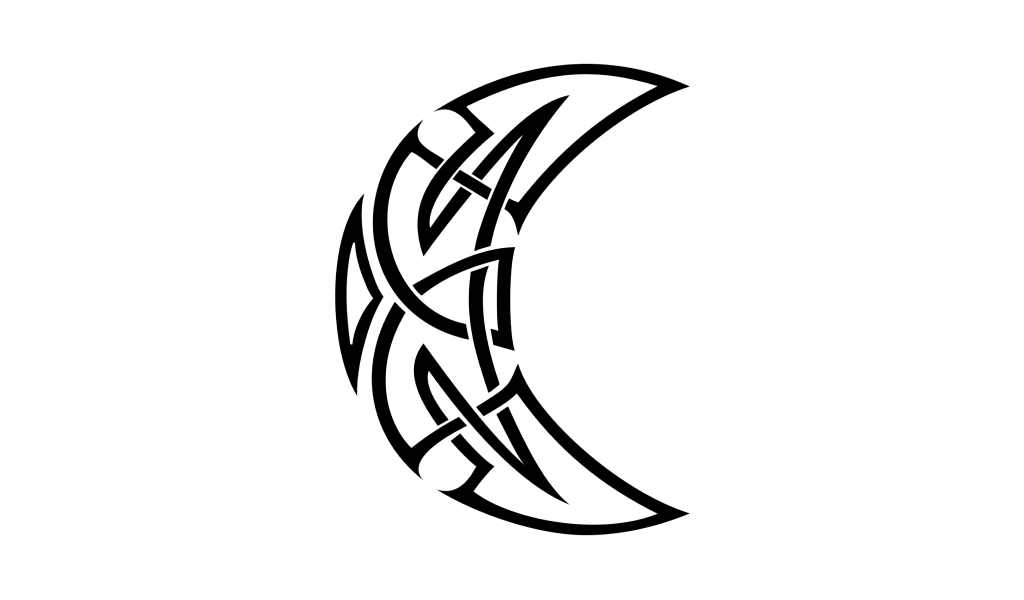
Symbolizing both the cycles of life and death and magical skills, the moon held great significance for the Celts. Lunar phases were seen as a period for divination and practices related to dimensional shifting. The moon served as a protection sigil in Celtic culture, embodying the mystical and protective qualities revered by the Celts. The moon also acted as an Irish good luck symbol, serving as a notable example of these protective charms.
29. Scottish Thistle
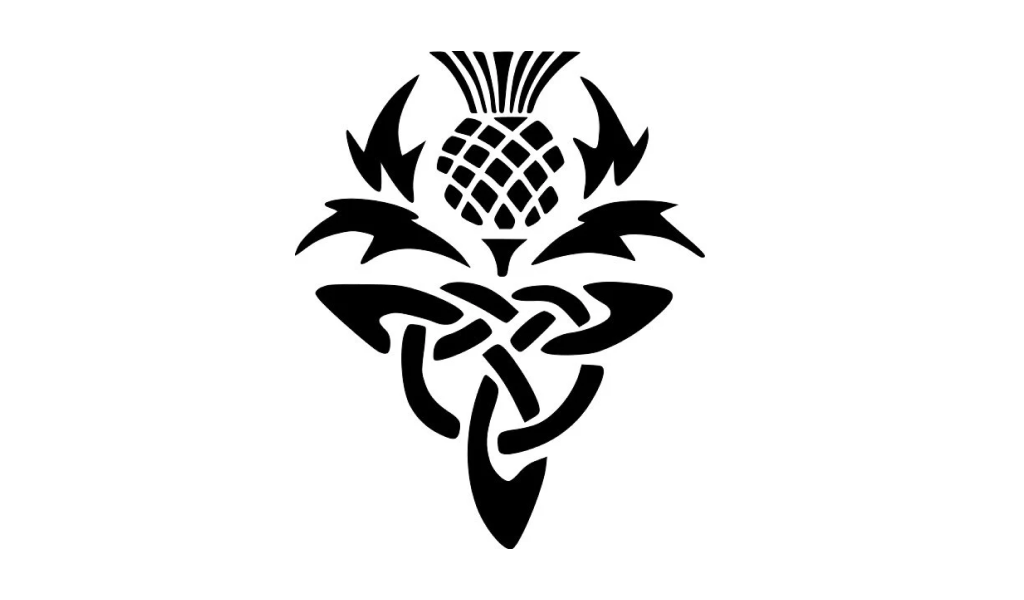
The thistle is the national symbol of Scotland and also a Celtic symbol for strength and resilience, representing fortitude, protection, and resistance. Legends say that the thistle helped Scottish warriors defend their lands by warning of approaching enemies. This symbol was used on coats of arms and in military Celtic emblems as a sign of invincibility and courage. The thistle also symbolized a connection with nature and its protective power.4o
30. Celtic Bull (Tarvos)

The bull symbolizes strength, courage, and fertility. In Celtic mythology, bulls were sacred animals that represented natural power and protection. As one of the traditional Irish symbols, they were often sacrificed during rituals associated with harvest and prosperity. Additionally related to warrior attributes, the bull’s image served as a symbol of fortitude and determination. This symbol is often found in both Scottish symbols and Celtic artifacts associated with agriculture and warfare.
Conclusion
Celtic sigils, imbued with deep cultural and spiritual meanings, do more than just decorate objects; they also serve as bridges between worlds, connecting the past and the present. They represent a variety of traits, and their versatility makes them well-suited for contemporary design. Using them in art or branding, you can create unique images that convey powerful messages while maintaining a connection to ancient traditions.
To bring these ideas to life, you can use Turbologo online generator, where both Scottish or Irish Celtic symbols are available as icons to create customized logos. Simply select the preferred option, and with the help of an intuitive interface, you can develop a unique design that reflects your personal style and philosophy. In a world where each symbol carries its own unique meaning, this is a great opportunity to make your brand meaningful and stand out through Celtic designs and their rich meanings.
I’m a product and graphic designer with 10-years background. Writing about branding, logo creation and business.


